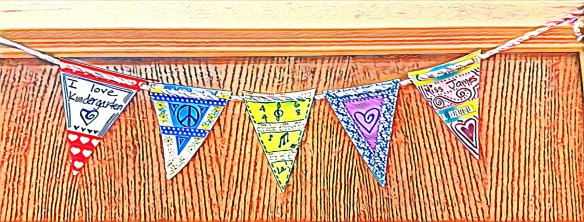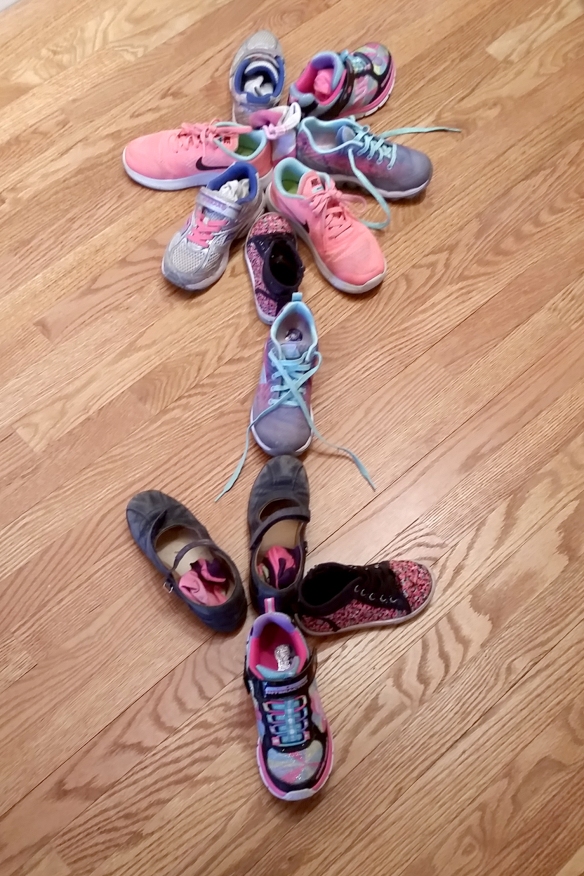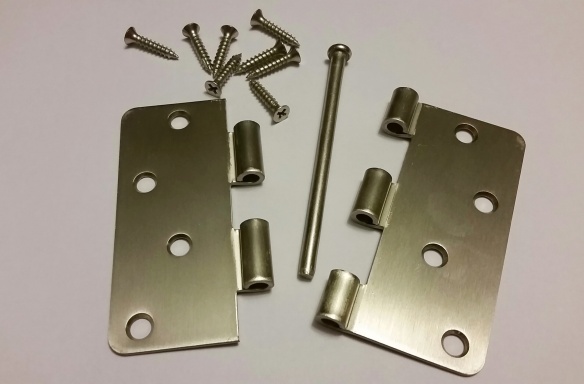The girls and I worked on making banners this past week. We each worked on our own creation, sharing space, materials, tools, and energy.

It was a choice based activity — join me for the project if you like, don’t join me if something else brings you more joy. The choices continued as we worked on the project.
- What color shall I use?
- Do I want one hole or two in each triangle? Will they be right-side-up or up-side-down?
- Which yarn will I use?
- Do I want to use washi tape? What color? How much? Where?
- Will I decorate them? Add words? Images? What will I use for that?
- How many triangular shapes do I need for my banner?

A friend gave me three plastic mason jars of washi tape for my birthday. She hoped my girls and I would create something beautiful together. I shared the tape and information with my girls. I told them my friend was curious and excited to see our process and final product. They seemed energized by the information and my sharing of my gift with them.
The makerspace was blazing with creativity, bravery (trying all sorts of things), negotiation (Can I borrow your scissors? Can someone start this washi tape for me? I want that tape too, can we share?), imagination, collaboration, (I can do that! Do you want me to help you?), thinking, sharing of ideas, physical work, laughter, and joy!
At one point, one of the girls brought me her tray and banner.

“Nice. Did you just want to show it to me?” I asked.
“Would you string it for me?” she asked.
“I can.” I replied. “What are you going to do?”
“I’m going to invent another project! Can I do that? Invent another project!”
Invent another project?! How fantabulous is that?!?!!! I made a split second decision to lend her my hands to string her banner, so that she could use her hands to do something more important.
I responded with a big smile, and a good deal of enthusiasm. “ABSOLUTELY!”
She responded with a small smile. Her eyes locked with mine for just a second. Then she moved off to begin her invention.
I love that the gift of washi tape to me, and then to my girls, combined with freedom and joy produced such beauty! Beautiful banners. Awesome experiences. Desire and empowerment to invent new projects!
YAY!




















